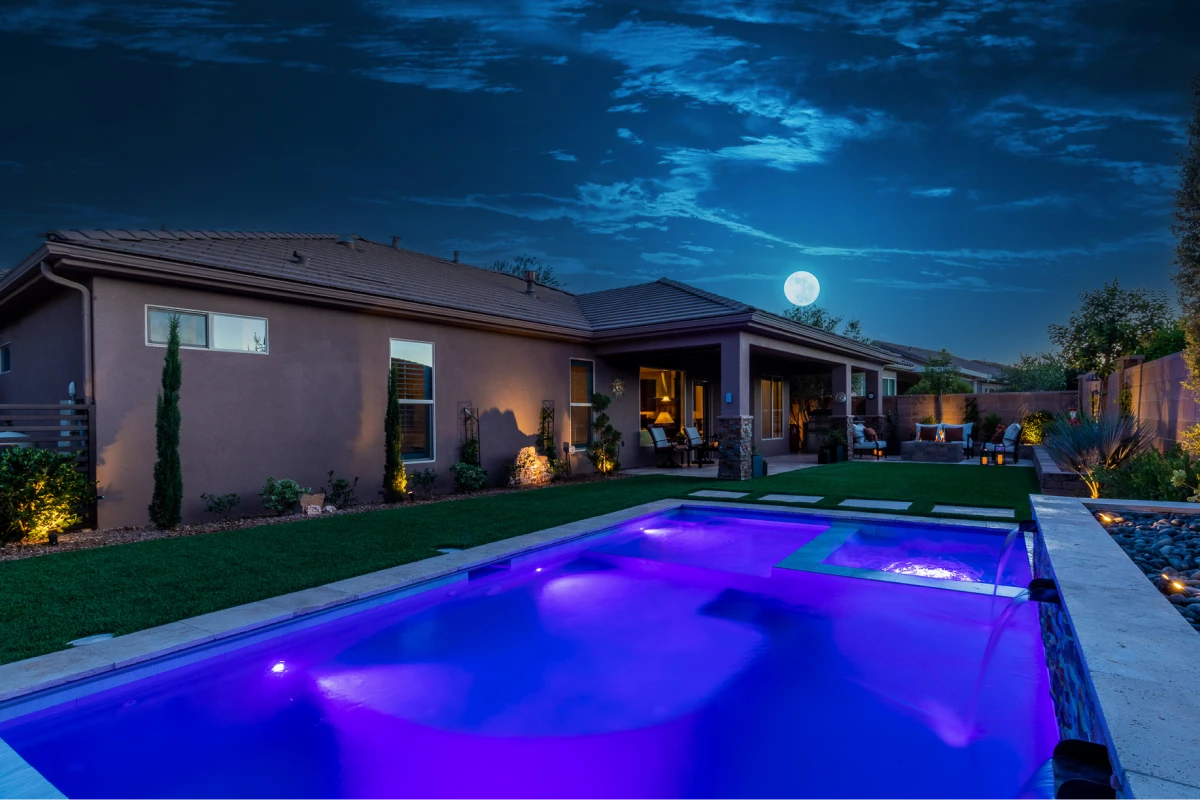
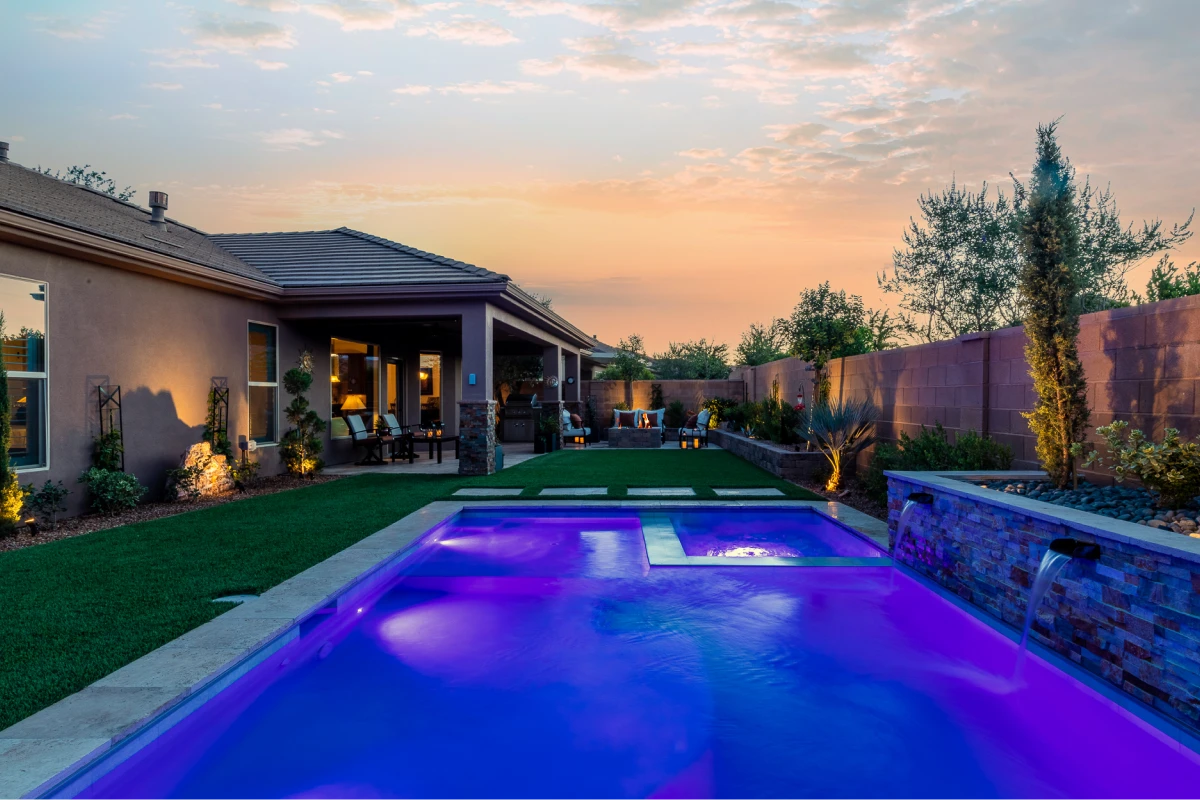
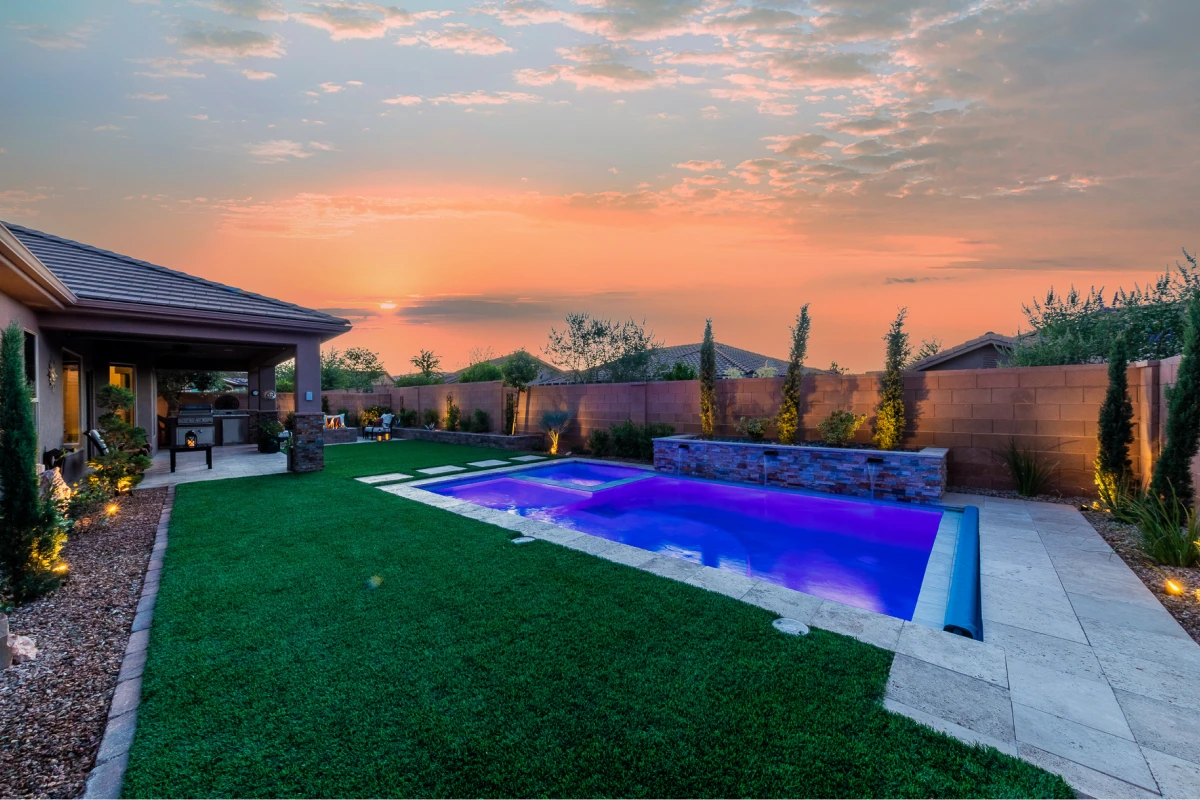
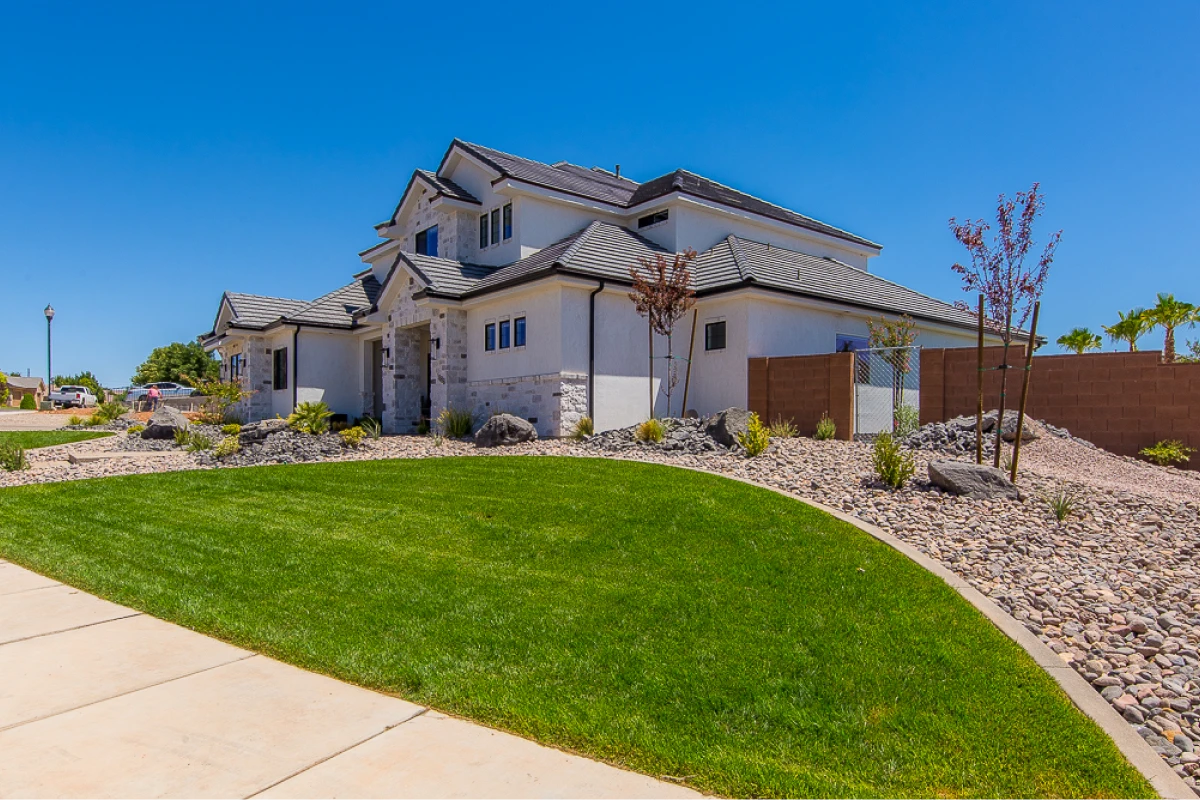
Drip irrigation stands out as a highly efficient irrigation method. This drip irrigation system delivers water slowly and directly to the root zone of each plant through a network of tubing and emitters. This precision minimizes water loss through evaporation or runoff, making drip irrigation ideal for garden beds, shrubs, trees, and vegetable gardens. Many homeowners find drip irrigation systems significantly improve their garden’s crop yield.
While drip and sprinkler irrigation are most common residentially, other methods exist, often used in agriculture or specific situations: Surface Irrigation and Micro Irrigation System
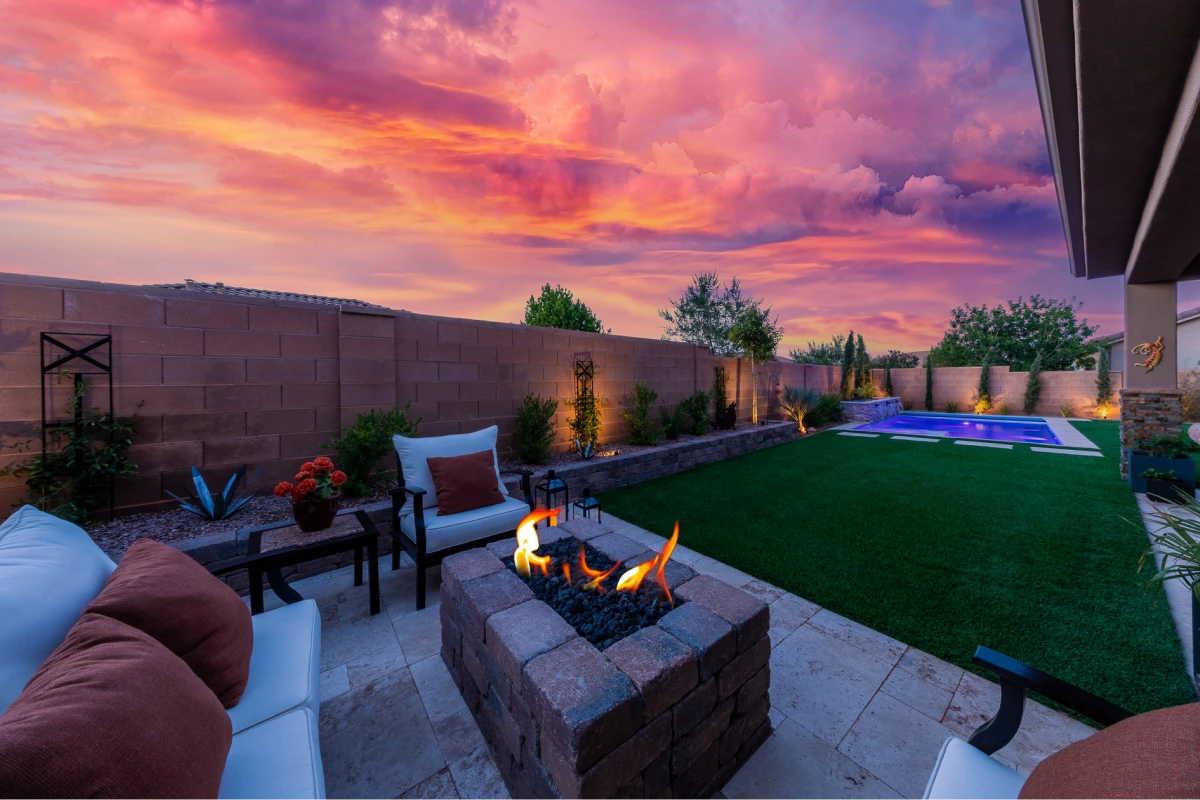
Different plants have varying water requirements. Consider the plant types and their growth stages. Lawns need different watering than drought-tolerant shrubs or a water-hungry crop in a garden.
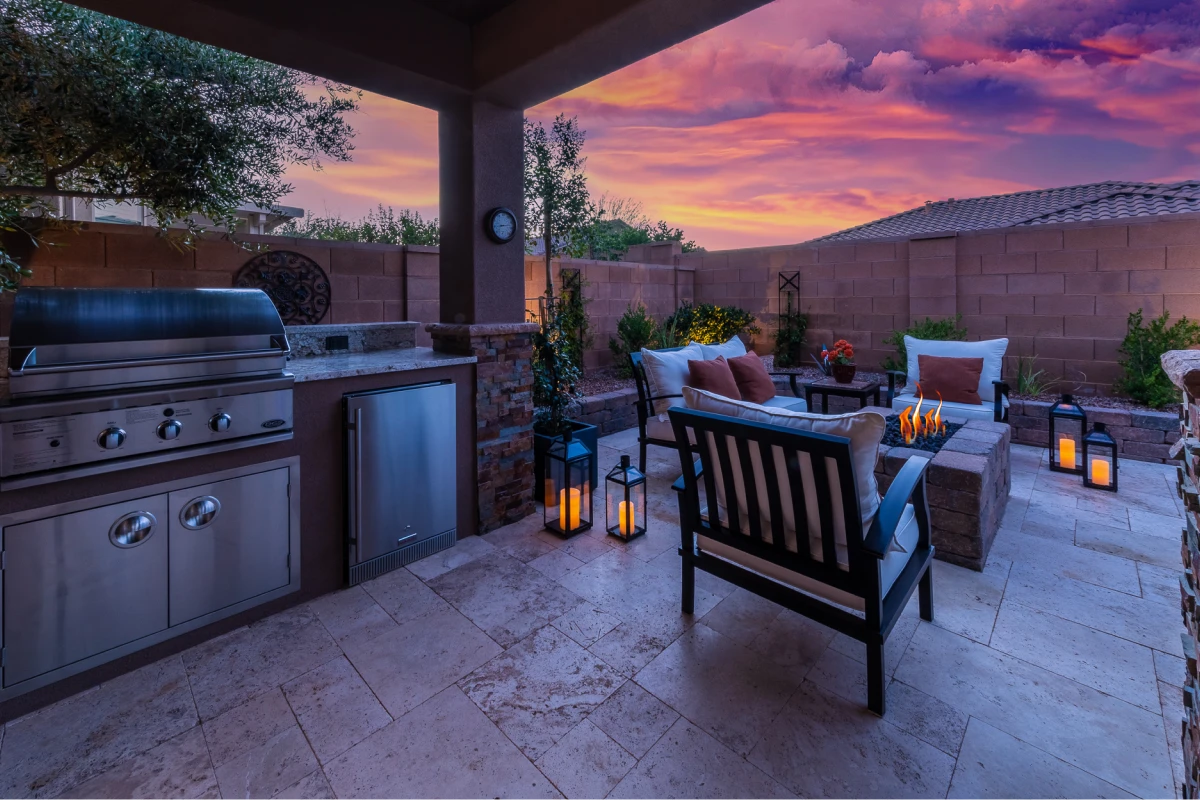
Your soil type dictates how quickly water is absorbed and retained. Sandy soil drains fast, needing frequent, shorter watering, while clay soil holds water longer, requiring slower, deeper irrigation. Understanding your soil is critical for efficient irrigation. We need to maintain good soil moisture.
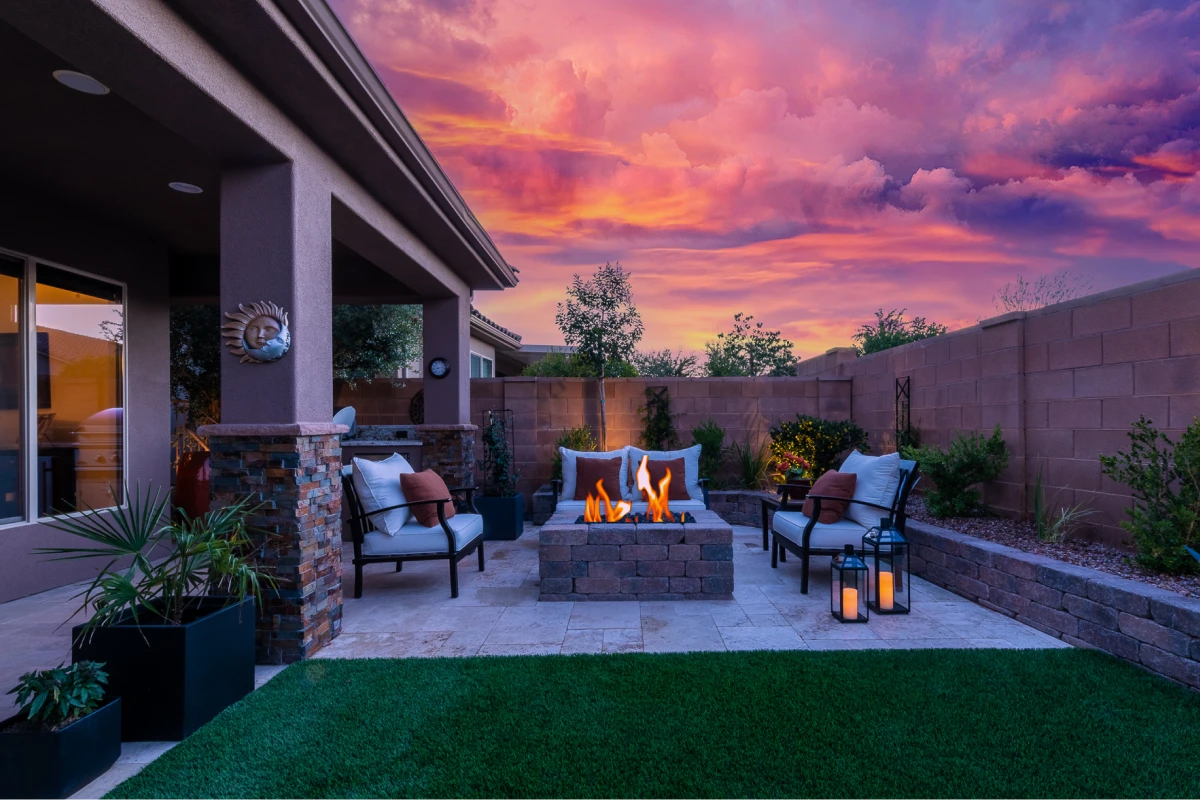
Southern Utah's desert climate necessitates highly efficient irrigation systems like drip irrigation to minimize water loss from evaporation. Factor in seasonal rainfall variations when setting irrigation schedules.
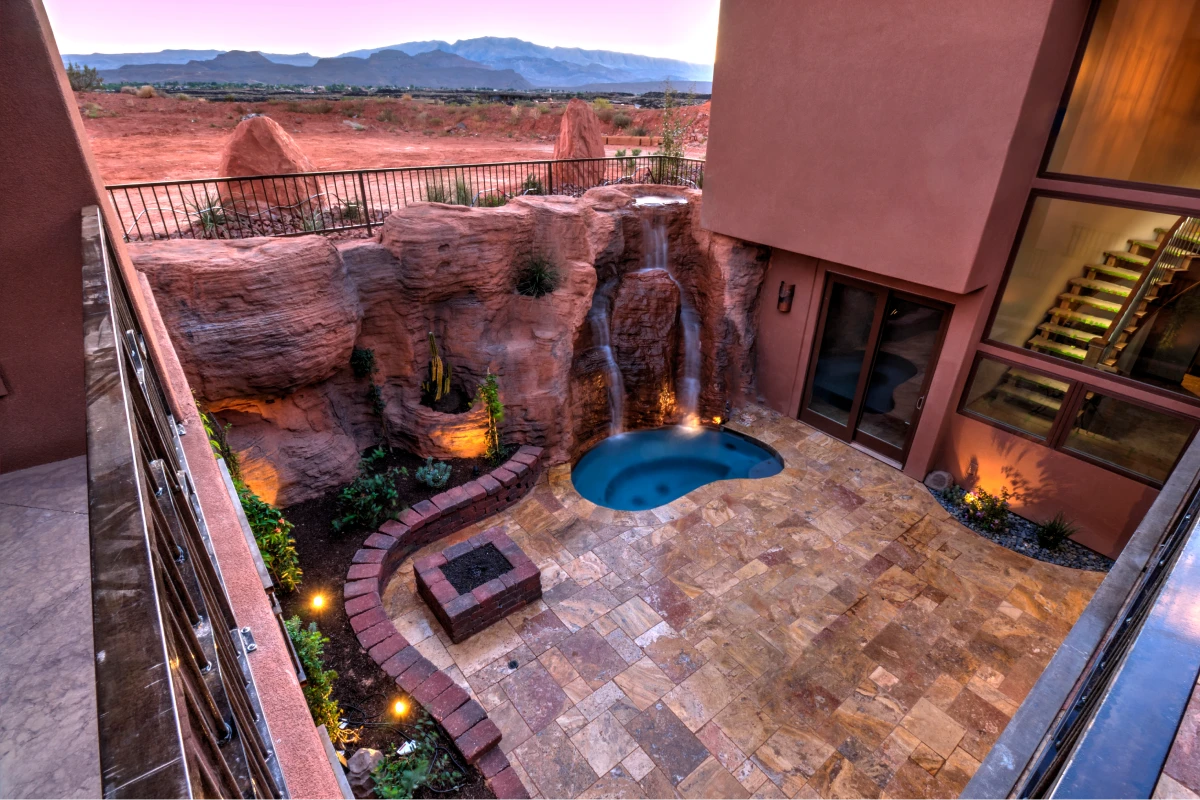
Determine your budget for the initial installation of irrigation equipment and ongoing maintenance. Drip irrigation might cost more upfront but save on water bills long-term.
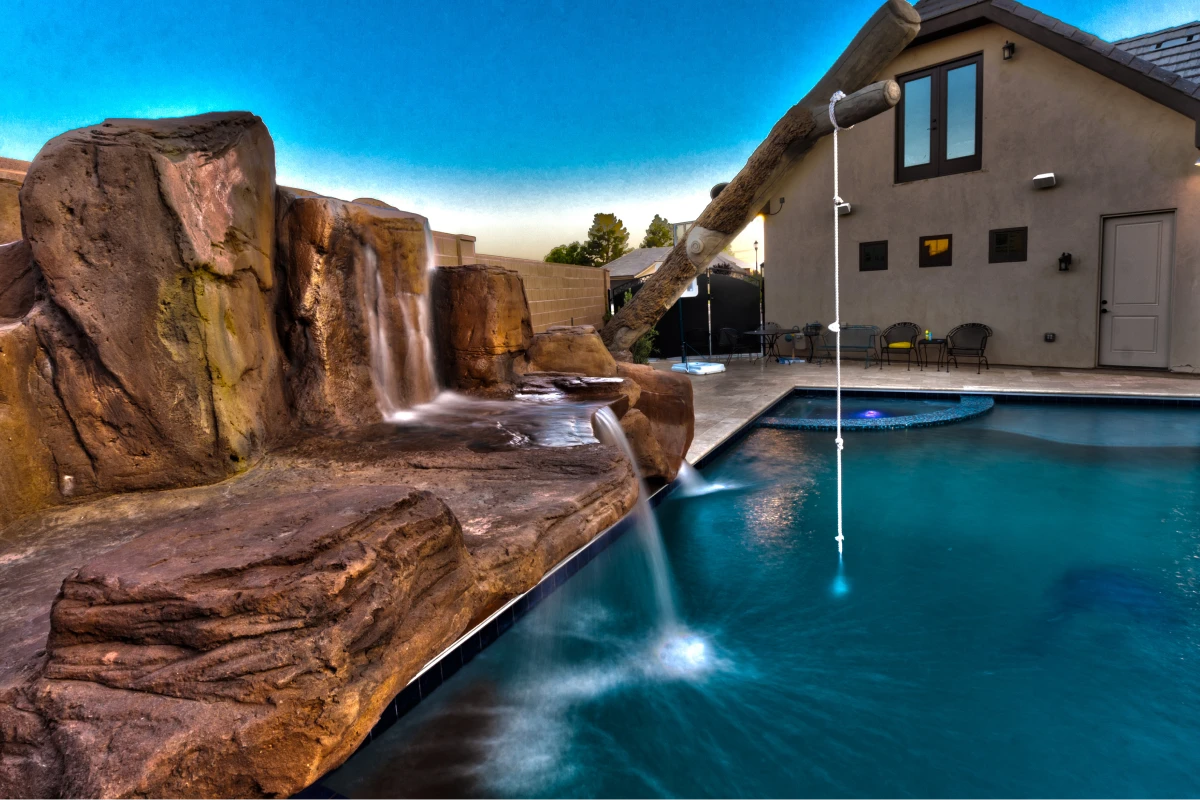
Understand your available water supply and any local regulations regarding water usage for landscape irrigation.

Efficient irrigation systems, particularly drip irrigation, drastically reduce water usage, conserving a vital resource and lowering utility bills. Minimizing water waste is a key goal.
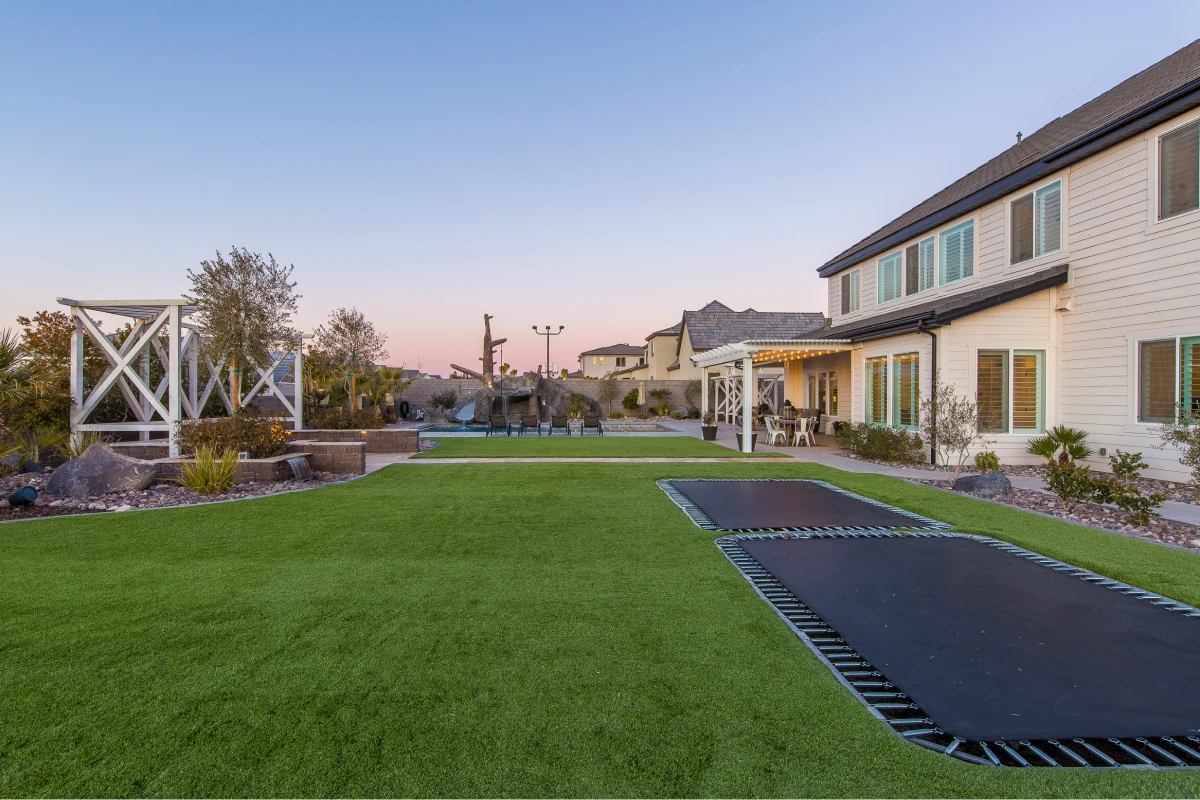
Automating your watering system with an irrigation controller (especially a smart irrigation controller that adjusts to weather) saves significant time compared to manual watering.

Lower water bills and reduced need for plant replacement contribute to long-term cost savings. An effective irrigation system protects your landscaping investment.
To keep your irrigation system performing optimally and ensure efficient water delivery, regular maintenance is key. EcoGreen Landscaping & Pools suggests these tips:
Ready to elevate your outdoor space with a state-of-the-art irrigation system designed for efficiency and beauty? Look no further than EcoGreen Landscaping & Pools. We specialize in creating stunning, eco-friendly, low-maintenance landscapes perfectly suited to the Southern Utah climate. Our expertise covers everything from advanced irrigation systems and water-conserving synthetic grass to custom pools that become your personal oasis. The team at EcoGreen is dedicated to bringing your vision to life, ensuring every plant thrives through smart watering strategies. Experience the perfect blend of aesthetic appeal and sustainability with our expert landscape irrigation services. Don’t wait to achieve the landscape of your dreams—Contact Us today and take the first step towards a lush, efficient, and breathtaking outdoor environment supported by the best irrigation practices.